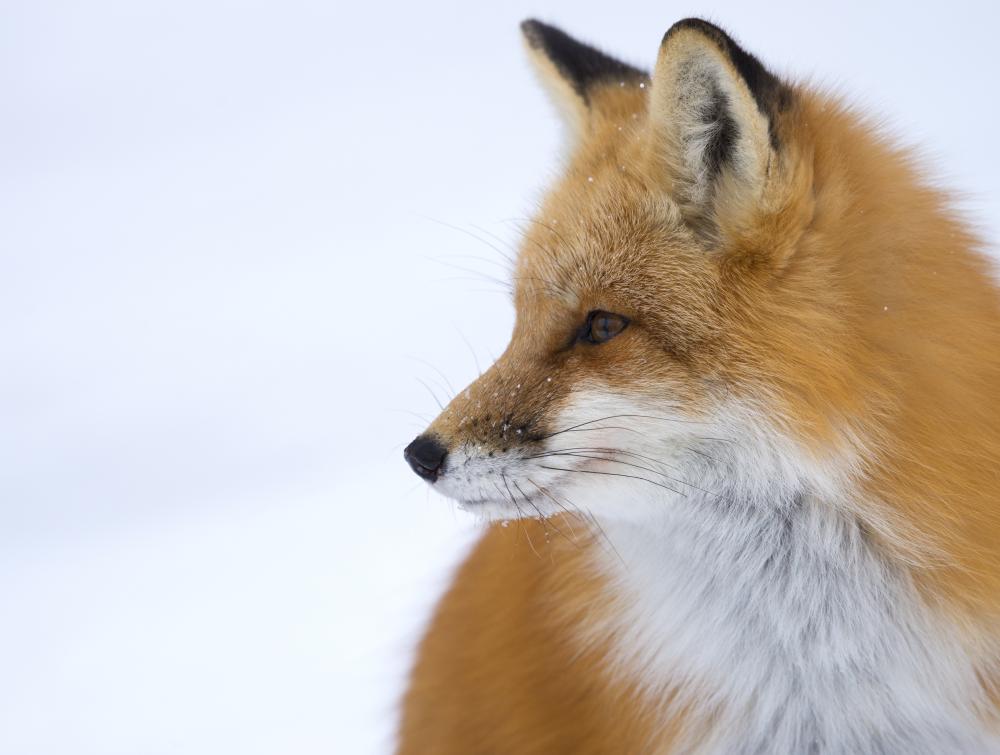New Guidance Makes Wildlife a Major Priority for Public Lands

The Bureau of Land Management (BLM) issued a directive to land managers today that instructs them to prioritize wildlife conservation and greater connectivity of lands and waters on which species rely. The new guidance, focused on “Habitat Connectivity on Public Lands,” directs local Bureau managers to work with Tribal nations, state wildlife managers and other partners to complete an assessment of habitat connectivity across the West in the next year and revise management plans to ensure wildlife can move and thrive across large landscapes. Ongoing research and data from the USGS and other sources show valuable landscapes for wildlife in the lower 48 states, including the Greater Yellowstone and High Divide region, the Sky Islands of Southeastern Arizona and the western slope of Colorado, among many others.
In response to the announcement, The Wilderness Society’s President Jamie Williams said:
“Wildlife in the US are veritable canaries in the coal mine, helping us understand the far-reaching impacts of climate change on our own health and communities. We applaud the Bureau of Land Management’s commitment to working with Tribal nations, state and local wildlife managers and the scientific community to identify the most important areas for connectivity that will help wildlife thrive and support our own resilience to climate change.
“Public lands are the nature that nurtures us. We hope that today’s announcement will be one of many that help public land managers adopt a broad conservation vision and become a true leader in the fight to address the climate and biodiversity crises.”
As the largest land manager in the nation, the Bureau of Land Management has a critical role to play in protecting wildlife habitat and connectivity across the West. The Bureau manages 245 million acres of land largely spread across 12 western states. Protecting these lands in their natural, undeveloped condition is crucial to combating the effects of climate change, as well as safeguarding innumerable cultural sites and thwarting the disappearance of biodiversity on an international scale. Public lands serve as critical pathways and stopovers for wildlife species, acting as vital connective tissue between wilderness areas, national parks and refuges, and safeguarding winter ranges and migration corridors.
The Bureau’s new management direction will also help ensure the growth of local economies by protecting healthy fish and wildlife populations. Nationwide, around 104 million Americans (40% of the adult population) participate in wildlife-related recreation such as hunting, fishing, and wildlife-viewing annually—activities that generate nearly $157 billion per year. 81 percent of Westerners are seriously concerned about loss of habitat for fish and wildlife in their state. The outdoor recreation economy generates more than $427 billion per year (2.2 percent of the U.S. annual gross domestic product).
Contact: Kate Mackay, Principal Communications Director – Landscape Connectivity: 602-571-2603
Resources for Journalists:
Identifying Corridors among Large Protected Areas in the United States
Why Did the Black Bear Cross the Road? (Blog and Webinar)
Six Ways Extinction and Nature Loss Hurt People (Blog)
How Wildlife Corridors are Smart Economic Investments
